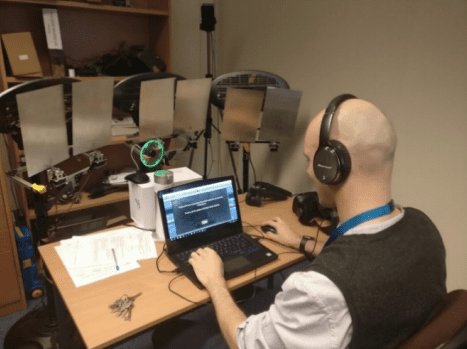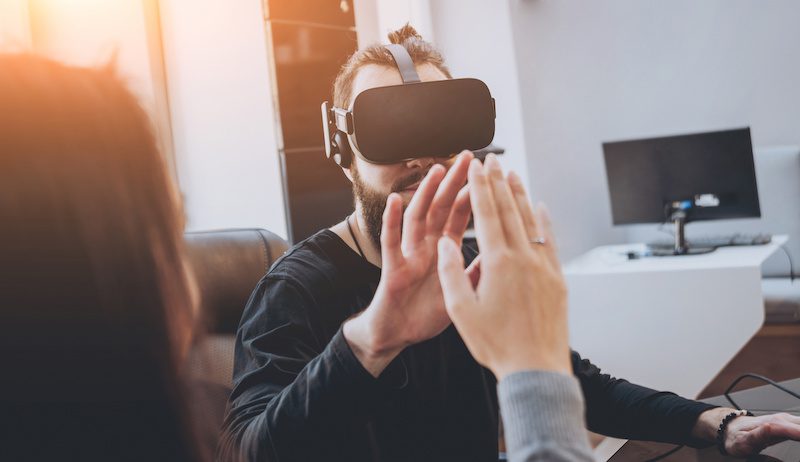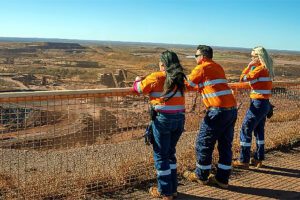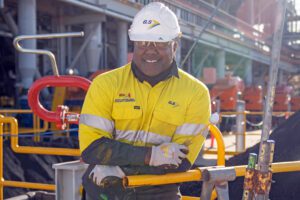Recent research in the use of virtual reality to improve health and safety training suggests that multi-sensory virtual reality experiences can motivate and engage employees more effectively than traditional forms health and safety training.
The University of Nottingham has been exploring the use of a range of multisensory information (vision and sound combined with heat and smell) and how that may affect health and safety training particularly in response to emergency situations including fire safety and evacuation or the identification of hazardous chemicals.
As part of the project, the Human Factors research team developed a prototype multi-sensory virtual reality system which included visual, auditory, olfactory and thermal simulation. One of the objectives was to ensure that the costs of development of the virtual reality systems would not be prohibitive for many organisations. It was designed to be created with low cost easily available system components.
The researchers then conducted a study to explore how users behaved in the virtual environment in an emergency fire situation, comparing the behaviours they exhibited to those that are demonstrated in the real world, based on literature from incident reports, survivor interviews and other research. The participants were split into two groups. One group explored a “typical” audio-visual virtual environment with only vision and sound (via Powerpoint); the other group had a multi-sensory experience in which smell and heat were added to see whether the behaviour differed.

The research findings identified contrasts between the groups in the way participants reacted to the scenario. Those in the multi-sensory group had a greater sense of urgency, reflecting a real-life scenario, and were more likely to avoid the virtual fires. Evidence from the audio-visual participants suggested that they were treating the experience more like a game and behaviours were less consistent with those expected in a real-world situation.
Dr Glyn Lawson, Associate Professor in the Faculty of Engineering, University of Nottingham said “Health and safety training can fail to motivate and engage employees and can lack relevance to real-life contexts. Our research, which has been funded by the Institution of Occupational Safety and Health, suggests that virtual environments can help address these issues, by increasing trainees’ engagement and willingness to participate in further training. There are also business benefits associated with the use of virtual environment training, such as the ability to deliver training at or near the workplace and at a time that is convenient to the employee.”Dr Glyn Lawson, Associate Professor in the Faculty of Engineering, University of Nottingham.
READ RELATED
The project identified evidence to support the already hypothesised benefit of virtual environments as a predictive tool for human behaviour in emergencies and found that the addition of multi-sensory simulation may improve the validity of such predictions.
Why the outcomes of this project matters to mine safety training?
Mining Safety Training, particularly training involving mines rescue and emergency management, has traditionally used multi-sensory environments to test participants responses to emergency scenarios. The use of heat, smoke and humid conditions in simulated rescue scenarios has traditionally been beneficial in exposing trainees to potential real-life emergency scenarios.
While multi-sensory virtual reality experiences will unlikely to replace traditional emergency training in the short term, this type of training can assist in building precursory knowledge of hazardous environments and potentially improving hazard recognition and response in real-life scenarios.
Multi-sensory virtual reality experience can clearly enhance learning outcomes and help individuals understand how they may respond in scenarios.
You can download the full research report here
Read more Mining Safety News














Add Comment